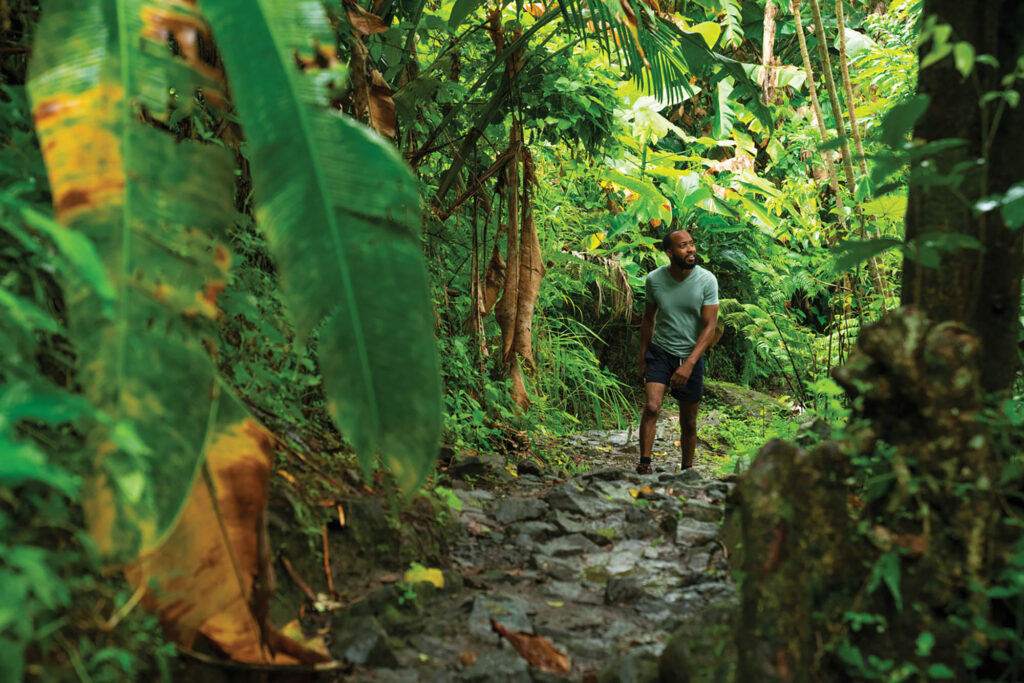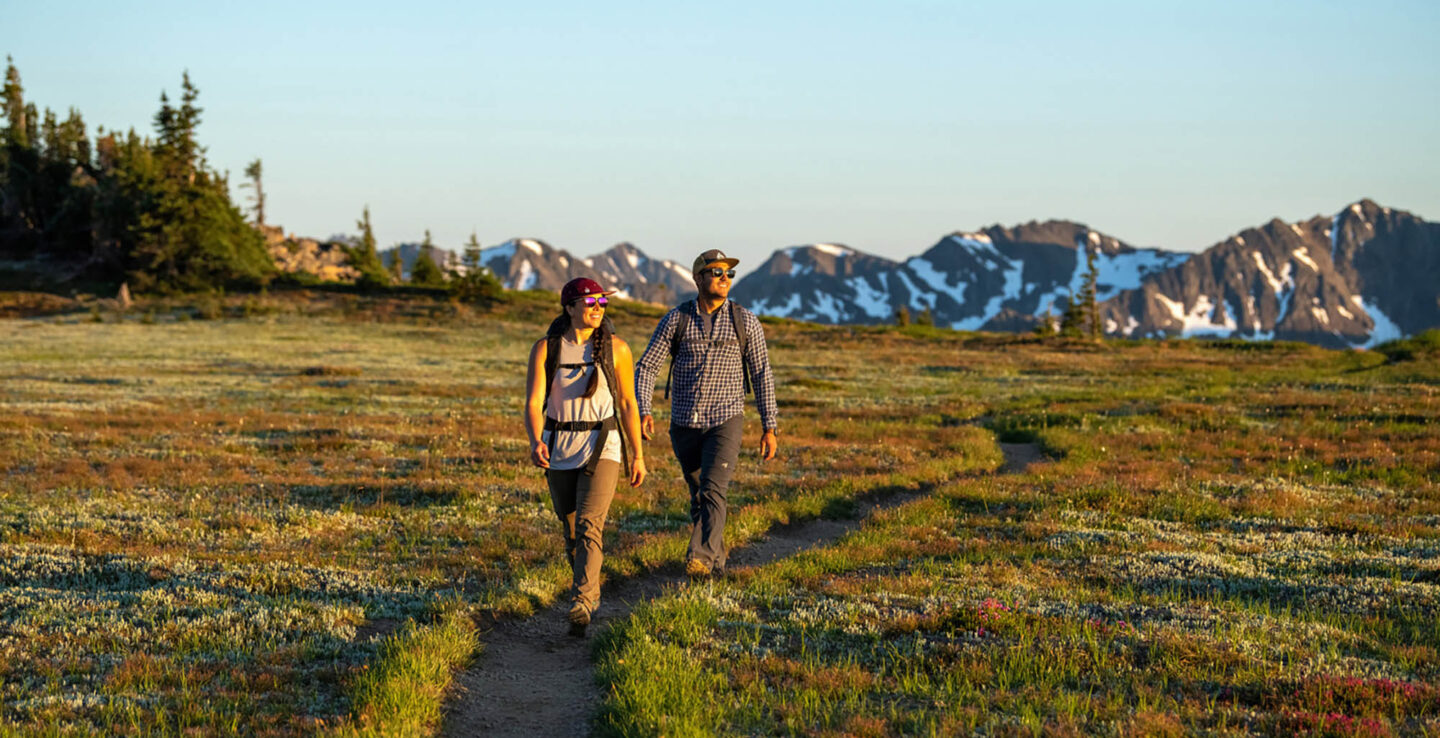
Nearly every corner of the USA has a national park that can shape your entire itinerary.

Roam misty rainforests, discover cactus-dotted deserts, paddle along peaceful bays or trek to soaring alpine peaks. These are just a sampling of the natural wonders waiting at U.S. national parks. If any of them speak to you, it might be time to book a campsite, load up a car and check a few outdoor adventures off your bucket list.
As you travel along the USA’s western coast, you’ll find rainforests drenched in fog and moss, cliffs dropping into foamy surf and active volcanoes that shaped entire islands. In California, Yosemite National Park cuts sharply into the mountains with granite walls that frame the valley and waterfalls that plunge into pools. Off the coast, on the Big Island of Hawai‘i, hardened lava crunches underfoot at Hawai‘i Volcanoes National Park. Farther north in Washington, Olympic National Park spans from driftwood-strewn beaches of the Olympic Peninsula to moss-laced trails in the Hoh Rainforest. Visit in late summer or early fall to spot Coho salmon swimming upstream.
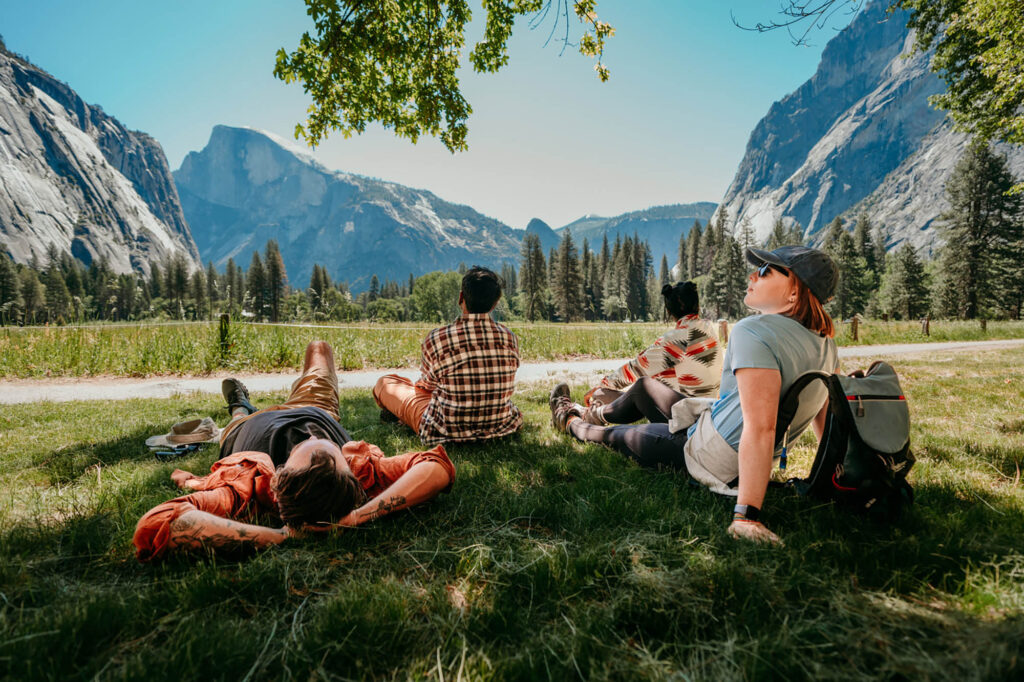
With arid plateaus, rugged canyons and desert plains, the Southwest is shaped by sun, stone and scale. At Grand Canyon National Park in Arizona, Desert View Drive follows the southern edge of the iconic canyon with frequent pullouts where you can pause and look into the breathtaking chasm. In Tucson, Saguaro National Park surrounds the city in two parts. The east side, Rincon Mountain District, climbs through desert grassland into pine forest, with loop drives and longer trails like Tanque Verde Ridge. The west side, Tucson Mountain District, has short trails like Signal Hill that pass by petroglyphs and stands of saguaro cacti. In New Mexico, Carlsbad Caverns National Park starts above scrub-peppered desert and drops deep underground, where caves and ice age rock formations await exploration.
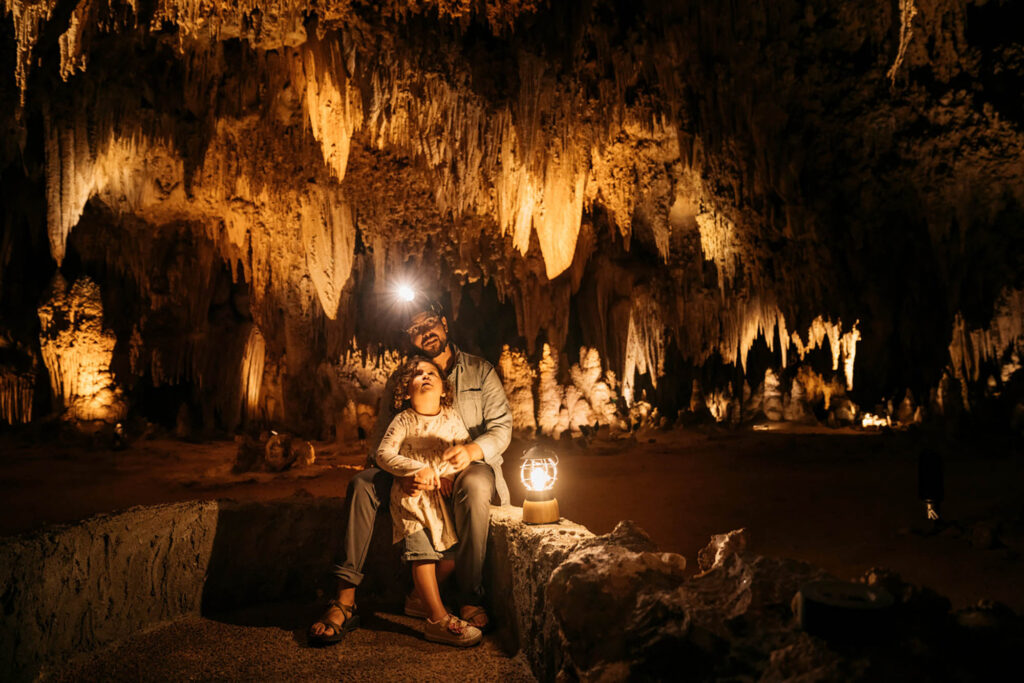
In Montana, Glacier National Park stretches to the Canadian border with high-elevation passes and beargrass meadows. Drive Going-to-the-Sun Road to Logan Pass, where you can hike across alpine tundra on the Hidden Lake Overlook Trail. In Nevada, Great Basin National Park sits in the rain shadow of the Sierra. Tour the marble corridors of Lehman Caves, then head up Wheeler Peak Scenic Drive to hike past ancient bristlecone pines and into a glacier-carved basin. In Wyoming, Grand Teton National Park stacks jagged peaks above the Snake River without a foothill in sight. Jenny Lake is a launch point for paddling and hiking. Take the shuttle boat to Hidden Falls and Inspiration Point, or drive to Oxbow Bend at sunrise to spot moose and great blue herons.
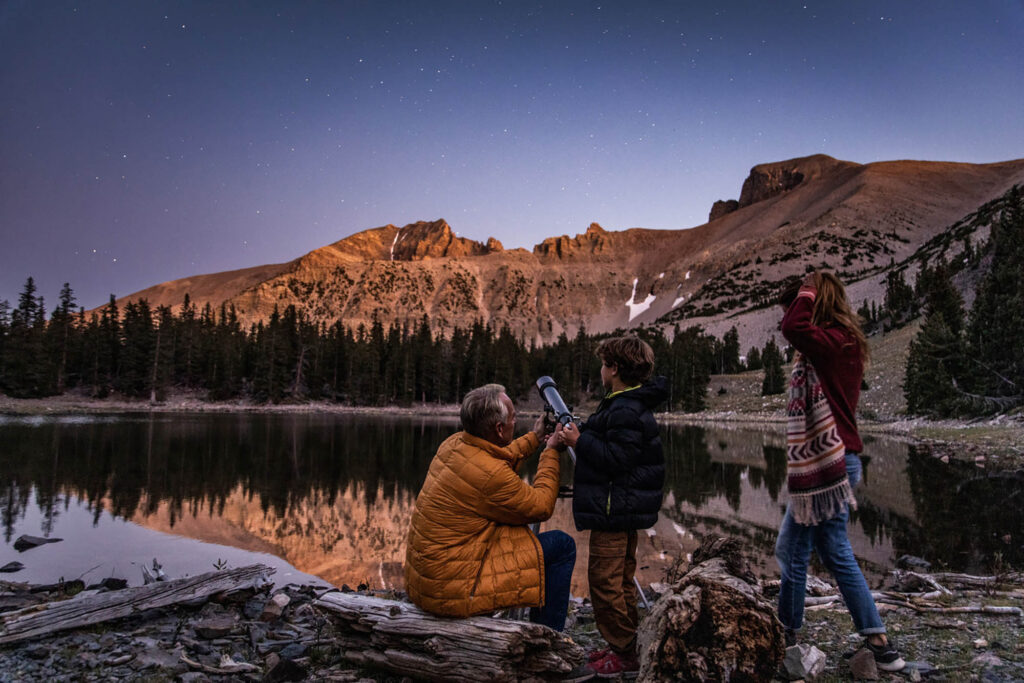
The Northeast combines rugged coastlines, inland forests and landmarks from early U.S. history. In Maine, Acadia National Park rests along the Atlantic with rocky beaches, granite ridges and tree-lined carriage roads. Hike the Beehive Trail for a short but steep climb to shimmering coastal views, or circle Jordan Pond on a flat path beneath rounded peaks. Slightly south in Massachusetts, Cape Cod National Seashore protects over 60 kilometers of shoreline. Follow the Fort Hill Trail through marshland to wide views over the water. In Pennsylvania, learn about American Revolutionary War history at Valley Forge National Historical Park, which preserves the 1777–78 encampment of George Washington’s army. Tour the grounds to see reconstructed log cabins, artillery sites and open fields once used for military training.
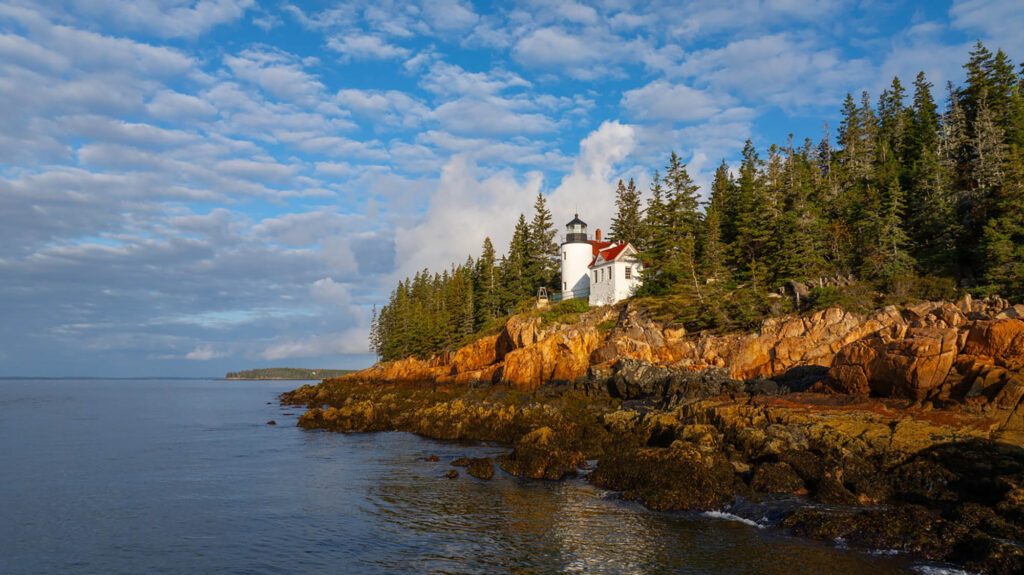
Head to the Southeast to explore lush parks brimming with wildlife. In Florida, Everglades National Park protects sawgrass marsh, mangrove forests and slow-moving freshwater. Take the Anhinga Trail near Royal Palm Visitor Center for easy wildlife viewing – alligators, herons and turtles are often visible from the boardwalk. In Virginia, Shenandoah National Park runs along the stunning Blue Ridge Mountains. Cruise to foliage views on Skyline Drive and jump out at Dark Hollow Falls or Stony Man for a short hike. In South Carolina, Congaree National Park preserves one of the USA’s largest old-growth bottomland hardwood forests. Paddle Cedar Creek to explore its quiet channels, or walk the boardwalk through bald cypress and water tupelo trees.
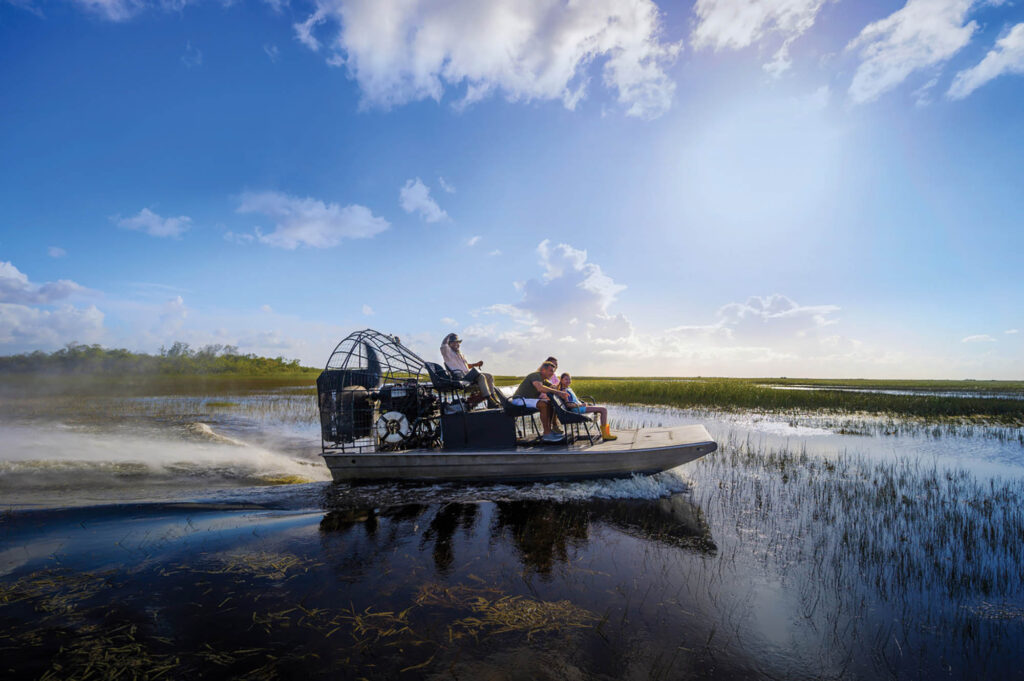
In the Midwest, water moves through almost every park. Michigan’s Isle Royale National Park sits in the middle of Lake Superior and can only be reached by boat or seaplane. The island opens from mid-April through October, with hiking trails, campsites and ranger programs based out of Rock Harbor. In Ohio, Cuyahoga Valley National Park follows the old Ohio & Erie Canal. Bike the Towpath Trail or walk to Brandywine Falls, where water spills over layered rock. Indiana Dunes National Park protects over 20 kilometers of Indiana’s Lake Michigan shoreline. Boardwalks, dune climbs and lakefront picnic spots span from West Beach to Mount Baldy Beach.
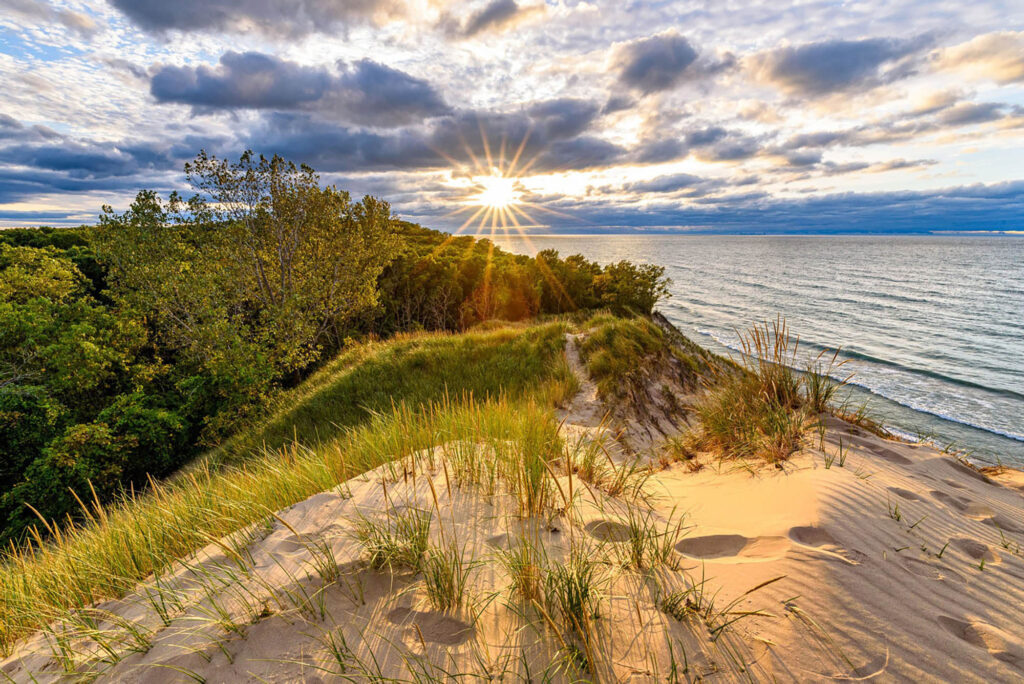
Across the Caribbean and the South Pacific, the U.S. territories hold landscapes unlike anywhere on the mainland. In the Caribbean, Virgin Islands National Park on St. John protects beaches, reefs and inland trails. Bring your gear to Trunk Bay to weave through the underwater snorkel route, past plaques identifying kaleidoscopic coral and fish species. In Puerto Rico, El Yunque National Forest is the only tropical rainforest in the U.S. national forest system. Start your day at the visitor center, then follow trails to Mount Britton Tower or Juan Diego Falls to gaze at dense canopy and rushing water. In the South Pacific, the National Park of American Samoa spans parts of three islands – Tutuila, Ofu and Ta‘ū. Trails lead through warm rainforest, past volcanic ridges and down to coral-fringed beaches.
